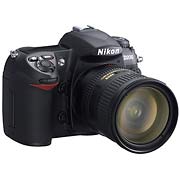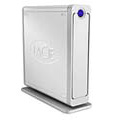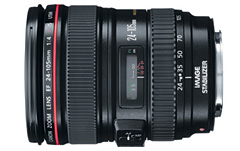
Monday was my first full day at PMA, and it really had a little bit of everything. I began my assault on the Expo Hall floor. This is not something I can conquer in one day. There are so many exhibitors, many of whom are doing truly interesting things in their booths. At the Canon booth, for example, I had a couple of extended conversations about the new 30D and the just announced PIXMA Pro9500 printer. This is a very tempting entry into the high end consumer printing market. I then watched a shooting demo with ace photographer Robert Farber. Just like that, an hour had passed.
Once the floor closed at 5:30 pm, the social gathering began. Here's where you get to meet the people you've heard of, read about, or had worked with but never met in person. In these settings is where I also learn about what's coming down the pike... conversations that aren't appropriate for the booth during show hours.
I saw Natasha the fortune teller at one of these gatherings. She was circulating among the crowd, reading their palms and peeking into events yet to come. I asked Natasha if I could take her picture, and she agreed. As I said, you see a little bit of everything at this show.
Oh, and one more thing. My experiment with photoblogging from the show floor seems to be working out. I posted a half dozen pictures yesterday on my SplashBlog site. I'm using a Casio EX-P505 compact camera to capture the images. I then take out the SD memory card and put it in my Palm LifeDrive. I then launch SpalshBlog, choose the picture I want to upload right off the memory card, add the text, and upload the image via WiFi that's available in the conference building. After the image is uploaded, I remove the memory card and put it back in the Casio. I never have to copy images to the LifeDrive, I just upload to the site directly off the card. I'll make some more posts today.
And who knows what I'll find...
Technorati Tags: candid, photography




















